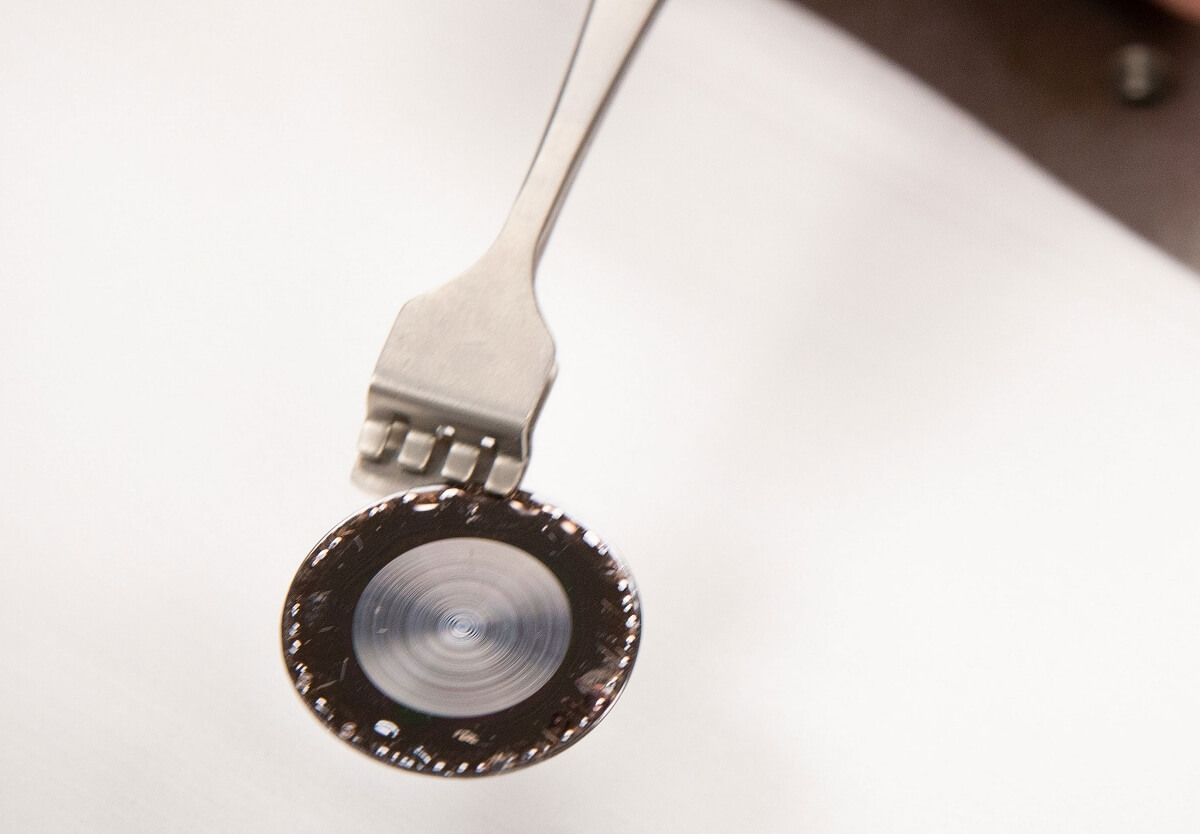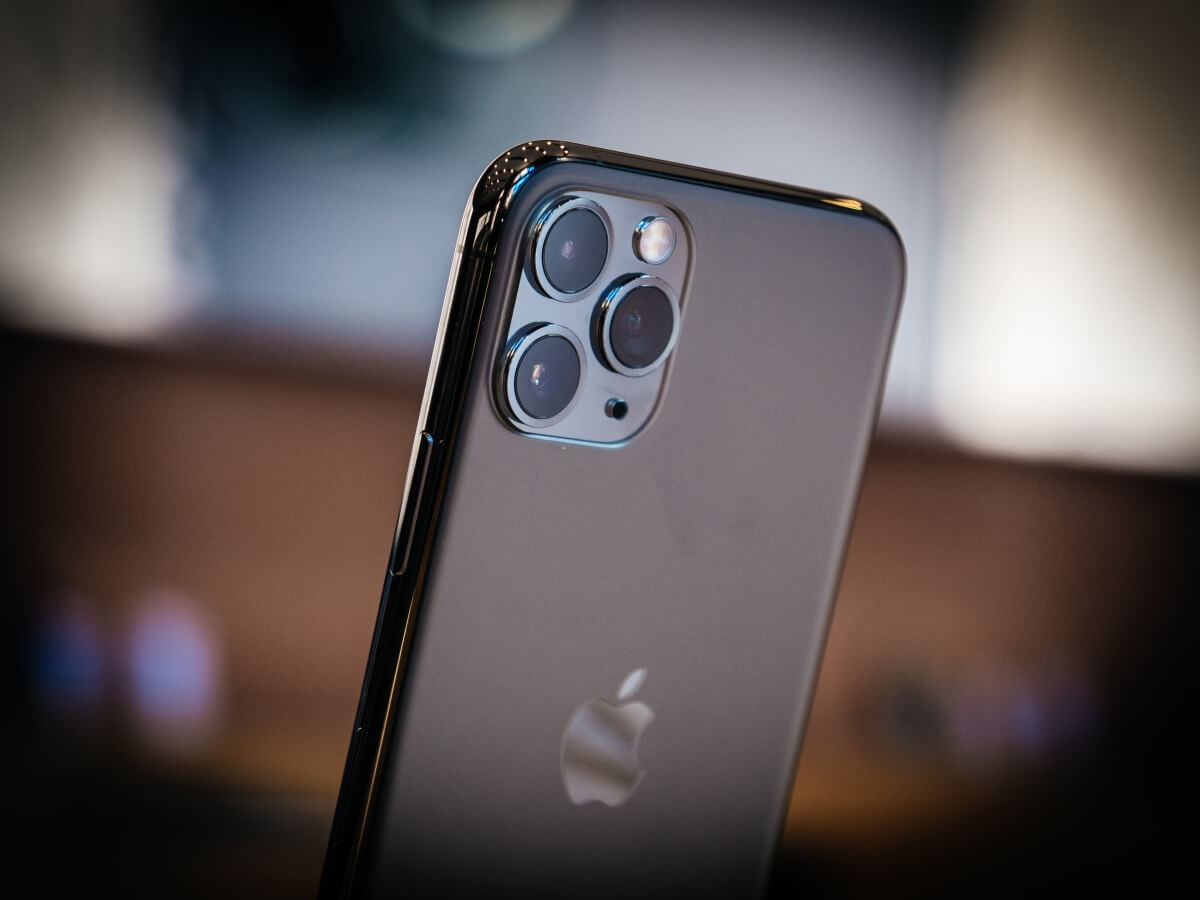Something to look forward to: It's not just smartphones that could be profit from thinner and lighter lenses, either. Lighter drones could fly for longer between charges and improved night vision goggles would certainly benefit soldiers on the battlefield.
Smartphone cameras have reached a level of performance that some thought was simply unattainable given the tiny amount of real estate to work with. Numerous advancements have made today's camera systems a reality including the use of multiple lenses and cringe-worthy camera bumps. Recent trends suggest the camera bump is only going to get gaudier but the University of Utah has other plans.
Electrical and computer engineering researchers at the school have developed a new type of optical lens that is significantly thinner and lighter than conventional lenses. Whereas traditional smartphone camera lenses are a few millimeters thick, this new creation is only a few microns thick.

As electrical and computer engineering associate professor Rajesh Menon highlights, it is a hundred times lighter and a thousand times thinner. "The performance can be as good as conventional lenses," he said.
How did they accomplish this, you ask? By fundamentally redesigning their lens to be flat instead of curved like a conventional lens through the use of many microstructures that bend light in the correct direction at the image sensor. "You can think of these microstructures as very small pixels of a lens," Menon said. "They're not a lens by themselves but all working together to act as a lens."
The benefits don't end there, however, as this new type of lens could also be cheaper to manufacture because it can be constructed from plastic instead of glass.
The team's research is featured in the latest edition of Proceedings of the National Academy of Sciences for those interested in digging a bit deeper.
Masthead credit: iPhone 11 by Hadrian
